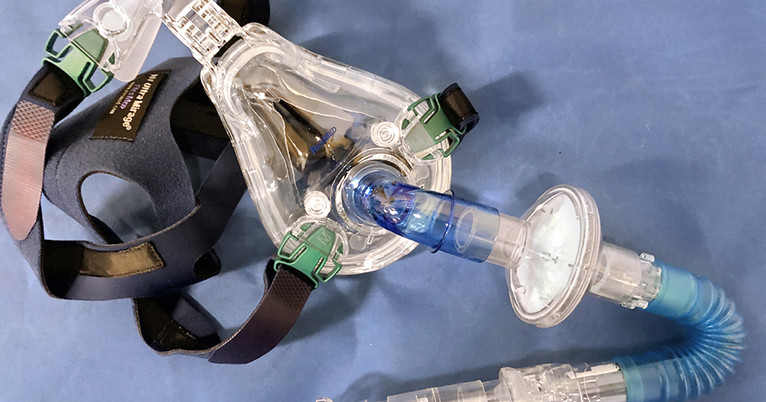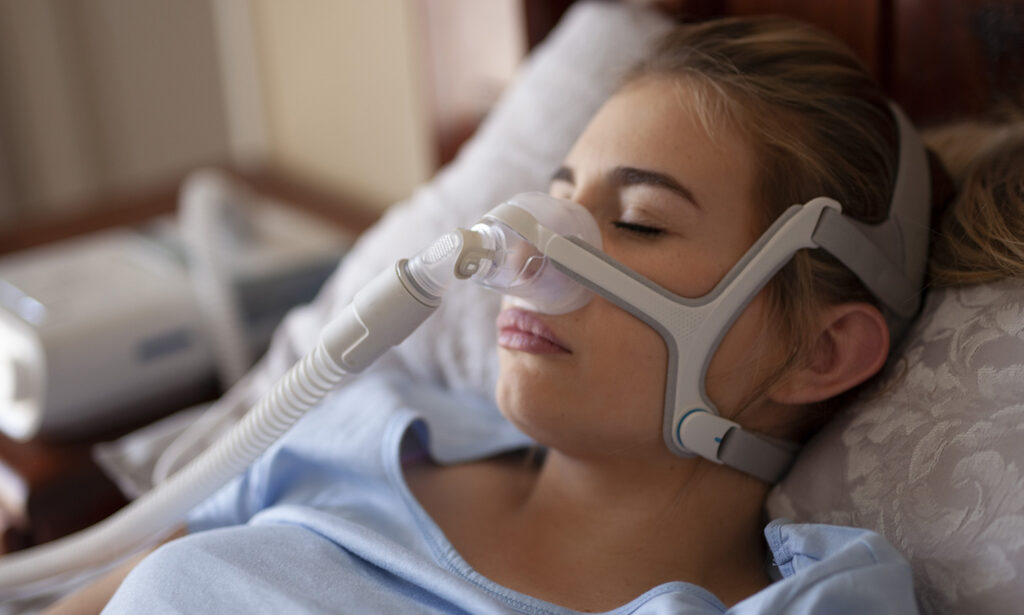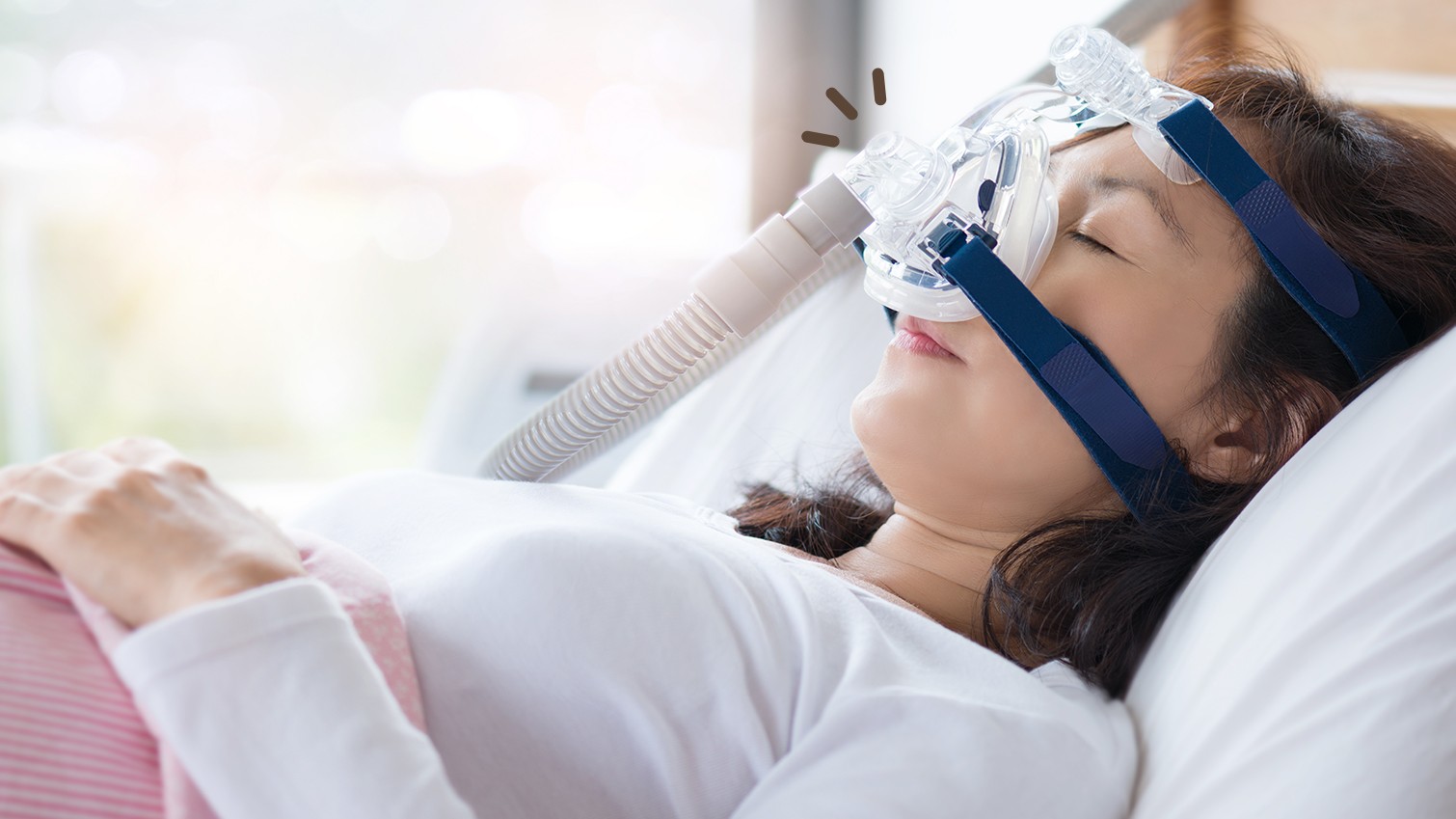It could be required to use a continuous positive airway pressure (CPAP) device if lifestyle modifications are ineffective in treating your sleep apnea. In 80 to 90% of cases with sleep apnea, CPAP, which includes using a nasal mask to provide a continuous stream of air to maintain airway pressure and keep the airways open, is successful.
It could take some getting accustomed to your new cpap masks, but it will be worthwhile to wear it regularly. Here are some typical challenges that CPAP mask users have and some advice to assist them get beyond them.
You’ve had a rough start.
According to studies, patients develop their CPAP mask usage habits fairly early on in their treatment. But as users get used to the gadget, the first few nights might be challenging, with users getting less sleep than normal.
Ask your doctor whether using sleep medicine for a brief period of time is a possibility if you’re just starting CPAP treatment (or trying to start again and re-establish excellent habits).
160 individuals with newly diagnosed obstructive sleep apnea were tracked in a 2009 study published in the Annals of Internal Medicine. For the first two weeks of CPAP usage, around half of the participants took 3 mg of the sedative/hypnotic eszopiclone (Lunesta) every night, while the other half received a placebo. In comparison to the placebo group, the group that took the sleeping medication reported a greater reduction in daytime symptoms, and six months later, they were also considerably more likely to be using their CPAP machine.

It hurts to wear the mask.
CPAP masks should be snug enough to the face to prevent air leaks, but not so tight that it hurts, irritates, or produces sores on your face.
The masks are available in a variety of sizes and forms to guarantee a good fit. Additionally, some full-face CPAP masks include straps that straddle their forehead and cheeks and cover their lips and nose. Other masks include straps that cover less of your face and nasal “pillows” that fit below your nose.
Find a mask that fits your unique face shape by working with your doctor or CPAP provider and ask them to demonstrate how to make any necessary adjustments.
You experience constriction
Some individuals experience claustrophobia while using CPAP masks. This issue may be resolved by purchasing a thin, translucent, or nasal pillow-equipped mask. Starting off by using the CPAP mask while you’re awake for brief amounts of time may also be beneficial (while watching TV, for example).
Start using the mask while you sleep after you become used to how that feels. Continue with it for a few weeks or longer and progressively lengthen the duration you wear the mask. The transition to utilizing CPAP might take 30 to 90 days.
Your nose is congested.
Because the CPAP machine’s air may dry up your nose, your body will produce more mucus to make up for the dryness, which can result in nasal congestion and a runny nose.
The ideal approach is to have a heated humidifier installed to your CPAP’s air pressure machine so that the air entering your nose is warm and moist. Using a saline nasal spray before bed may assist.
You’re embarrassed.
It’s impossible to avoid the truth that wearing a face mask all night might make you feel self-conscious and perhaps prevent you from getting intimate with your spouse. However, sleep apnea symptoms like snoring and exhaustion may have a negative impact on your relationship in addition to having detrimental impacts on your health.
One of the greatest methods to get support and enhance overall adherence is to express your views about your CPAP masks to your doctor, your sleeping companion, and your doctor immediately away. If not, humiliation can make you decide against CPAP masks.

People with sleep apnea may physically breathe easier thanks to CPAP equipment.
As you are undoubtedly aware, CPAP masks are the first topic physicians discuss with you once you are given a sleep apnea diagnosis. The non-invasive CPAP alternative employs a simple machine to push air into the back of the throat. Any obstacles producing apnea are moved out of the path by this air movement.
Millions of individuals use CPAP masks all around the globe. They are the first line of defence against sleep apnea, a disorder that may, in rare cases, be deadly or result in serious disability from lack of sleep.
Even though they are significant, common, and helpful, using one for the first time might be a bit painful. It may take some trial and error to become used to CPAP masks.
The most typical complaints are shown in this article, along with advice on how to start adjusting to your CPAP machine.
What Do People Have to Say About CPAP Machine Pain?
The list that follows resembles a FAQ, except instead of questions, it contains CPAP machine complaints that we have gathered from a variety of sources. Every situation is unique at the end of the night, but for those who really need a CPAP machine, there isn’t a better approach to regain your focus, mood, energy, and general health.
The greatest thing you can do is be conscious that pain will likely exist for a short period of time as you adjust and take steps to lessen this discomfort.
These issues are what this essay will focus on. Learn how to sleep well by continuing to read.
• The CPAP masks’ use of pressure might seem oppressive since it presses against your normal breathing.
The machine is excessively loud, the mask is too drafty for my spouse and me, the mask makes me feel claustrophobic, and the mask prevents me from moving about at night.
Final thoughts
If you or your doctor decide that CPAP masks are the best course of action, it’s crucial to remain dedicated to achieving healthy sleep. This implies that during the first several weeks of using a CPAP machine, you must go to bed with a winning attitude. Take your new habit in stride is the finest advice the internet has to give when starting to utilize CPAP masks. Be upbeat.
If you don’t do this, every tiny setback will be used as justification for ultimately refusing the therapy.
Other resources:
Disadvantages of allowing kids to undergo cataract surgery
Best 10 Pro Maintenance Tips to Keep Your CPAP Machine Clean and Working Perfectly
Best CPAP Machine Masks for Children with Sleep Apnea
Managing Sleep Apnea
